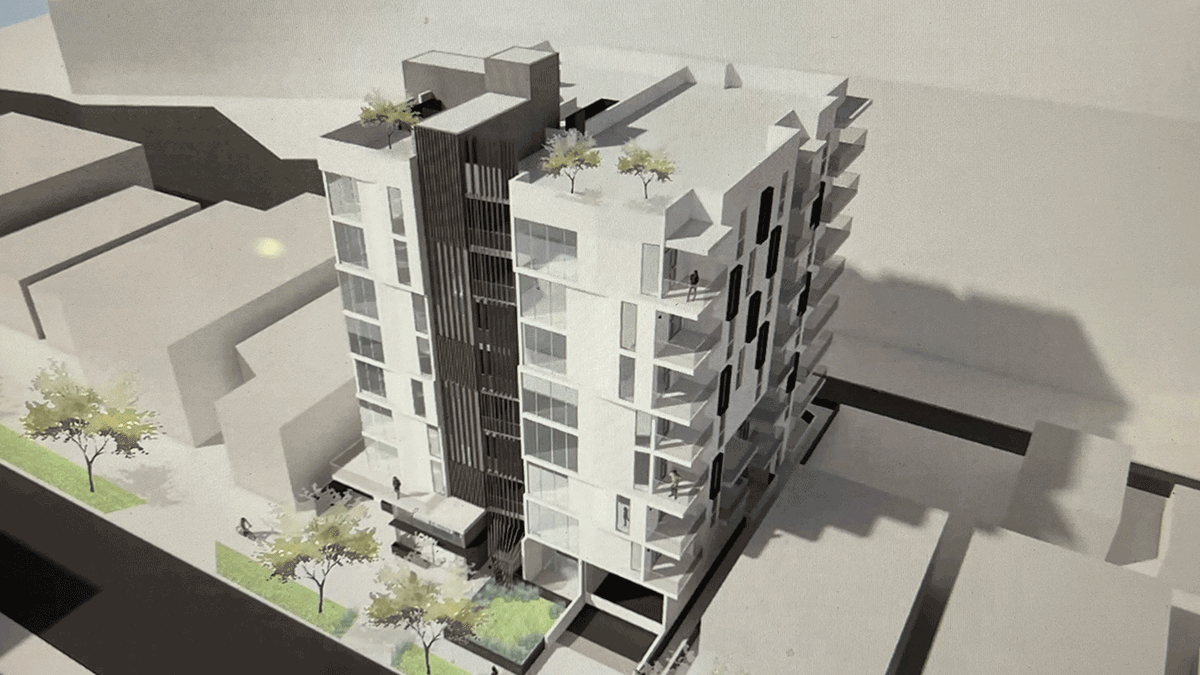
The Builder’s Remedy, established in 1990, allows developers to bypass local zoning laws if their projects include affordable housing components. This law has stirred considerable debate and resistance from various cities, including West Hollywood, particularly concerning the broad authority it grants to developers.
West Hollywood is seeking an exemption from the law. The city, recognized as a prohousing city by the Housing and Community Development Department (HCD), argues that its proactive housing policies should not be undermined by laws designed to compel housing development in less cooperative cities. Councilmember John Heilman and Mayor John Erickson have expressed concerns about applying a uniform state law to a city that has actively embraced housing development.
Developers continue to file Builder’s Remedy projects in West Hollywood, which are leading to tensions over potential overdevelopment in this already dense area. The city has seen a 6% increase in its housing stock from 2010 to 2024. This growth is part of why city leaders believe West Hollywood should be treated differently under the law.
Assemblymember Buffy Wicks introduced Assembly Bill 1893 to modify the Builder’s Remedy, aiming to instill more regulated frameworks. The bill passed through the Assembly but was substantially altered in the Senate Housing Committee last week. These amendments have significantly tempered the bill’s initial provisions, causing a split among housing advocates and local governments. The YIMBY (Yes In My Back Yard) movement, which typically supports measures to increase housing density, has shown divisions over the bill’s amendments.
One of the notable amendments in AB 1893 is the reduction of affordability requirements for mixed-income Builder’s Remedy projects. Previously, projects were required to dedicate 20% of units to lower-income households. The revised bill proposes reducing this to 13% for lower-income, 10% for very low-income, or 7% for extremely low-income households. Furthermore, the bill stipulates that local affordable housing requirements, which demand a greater percentage of affordable units or a deeper level of affordability as of January 1, 2024, must be met unless such compliance would render the project infeasible. However, these local requirements are capped at a maximum of 20%.
The amendments also address the applicability of the Builder’s Remedy to mixed-use projects. The new stipulations allow for greater flexibility by reducing the requirement for residential use from two-thirds to 50% of the square footage in certain large-scale projects or those involving the demolition of existing nonresidential uses. This adjustment is aimed at facilitating more mixed-use developments under the Builder’s Remedy framework.
In terms of density, AB 1893 introduces specific maximums and minimums for Builder’s Remedy projects. The maximum density allowed would be the greater of 50% above the minimum density deemed appropriate for the local jurisdiction, three times the density allowed by local zoning, or the density specified in the local Housing Element. Additionally, the bill sets a new minimum density requirement for projects near commuter rail stations and other specified locations, ensuring that developments contribute significantly to local housing supply.
The bill also imposes a new siting requirement, stating that Builder’s Remedy projects should not be located adjacent to sites used heavily for industrial purposes within the past three years, thus addressing concerns about appropriate land use and environmental impacts.
Local jurisdictions are given the authority to enforce their objective, quantifiable development standards on Builder’s Remedy projects, provided these standards are verifiable and do not render the project infeasible. These local requirements must align with the general plan and zoning classifications that accommodate the proposed density and unit type.
For projects that also utilize the State Density Bonus Law, AB 1893 offers additional incentives and concessions, particularly for projects that include units for extremely low-income households. These projects could receive similar benefits to those granted to projects with a higher percentage of very low-income units, enhancing the feasibility and attractiveness of including such units in development plans.
The bill introduces provisions for project vesting, allowing applications deemed complete before January 1, 2025, to opt for the existing statutory provisions, and facilitating the conversion of projects to the Builder’s Remedy framework even if significant changes to the residential units or construction square footage occur.
AB 1893 sets forth that Builder’s Remedy projects shall not require extensive legislative changes such as rezoning or amendments to general plans, and they should not be subject to additional local requirements or fees solely because they utilize the Builder’s Remedy.
Lastly, the bill introduces new protections for developers against local agency disapproval, which could occur through overt actions or burdensome processing requirements that effectively stall project approval. This provision aims to ensure that housing projects do not get indefinitely delayed or derailed by local opposition.
At the state level, the debate over AB 1893 also touches on the issue of local versus state control over housing policies. Some state legislators and housing advocates argue that stringent state-level mandates are necessary to overcome local resistance to affordable housing developments. In contrast, opponents of the bill, including some local government advocacy groups and individual cities, fear that reducing local control could lead to inappropriate or excessive development that does not consider the unique characteristics of each community.
The Senate Housing Committee’s only dissenting vote came from Rosilicie Ochoa Bogh, a Republican Realtor who highlighted inconsistencies in Housing Element reviews conducted by the Department of Housing and Community Development. She argued for amendments that would standardize these reviews to ensure fair and consistent application across different jurisdictions.
